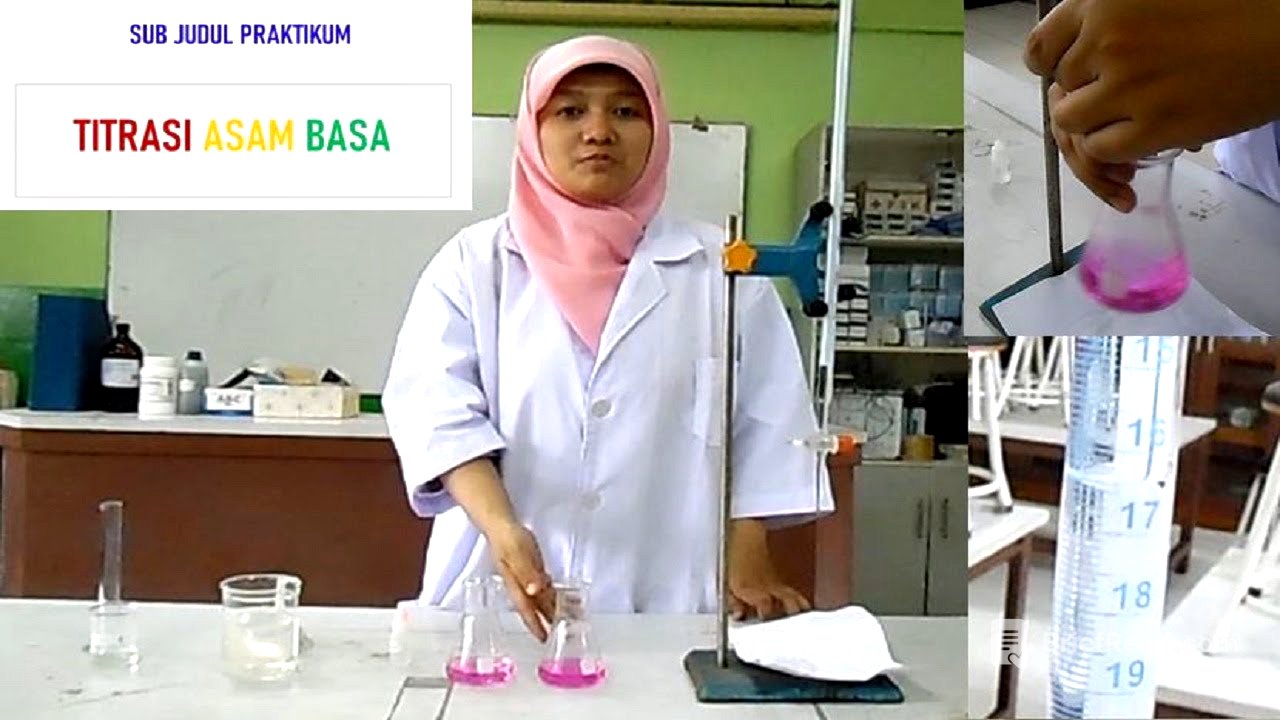TLDR;
This video demonstrates a simple acid-base titration experiment conducted in a chemistry lab. It uses basic tools like a burette, Erlenmeyer flask, and common chemicals such as HCl, NaOH, and phenolphthalein indicator. The experiment aims to determine the concentration of an unknown HCl solution through titration with a known NaOH solution. The video provides data from two titration trials and instructs students to create an experimental report including the title, purpose, theory, materials, procedure, observations, data analysis, conclusions, and proof of watching the experiment.
- Demonstrates acid-base titration.
- Uses common lab tools and chemicals.
- Provides experimental data for analysis.
- Instructs on creating a lab report.
Introduction [0:00]
The video starts with a greeting and introduces an acid-base titration experiment to be conducted in the chemistry laboratory. The presenter expresses enthusiasm and welcomes students to follow along with the experiment.
Tools and Materials [0:30]
The presenter outlines the tools and materials required for the experiment. These include a 50 ml burette, a stand, white plain paper, clamps, two 100 ml Erlenmeyer flasks, a 50 ml beaker, HCl with an unknown concentration of approximately 1 molar, NaOH, and phenolphthalein indicator.
Experiment Procedure and Data [1:09]
The video shows the process of titration. The experiment yields two sets of data: the first titration requires 16.5 ml of NaOH, and the second titration requires 16 ml of NaOH.
Report Instructions and Conclusion [4:10]
The presenter instructs students to use the data obtained to create an experimental report. The report should include the title and purpose of the experiment, basic theory, materials used, experimental procedures, data observations, data analysis, answers to questions, conclusions, and screenshots as proof of watching the experiment. The video concludes with encouragement and a farewell.









